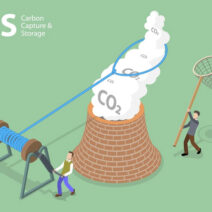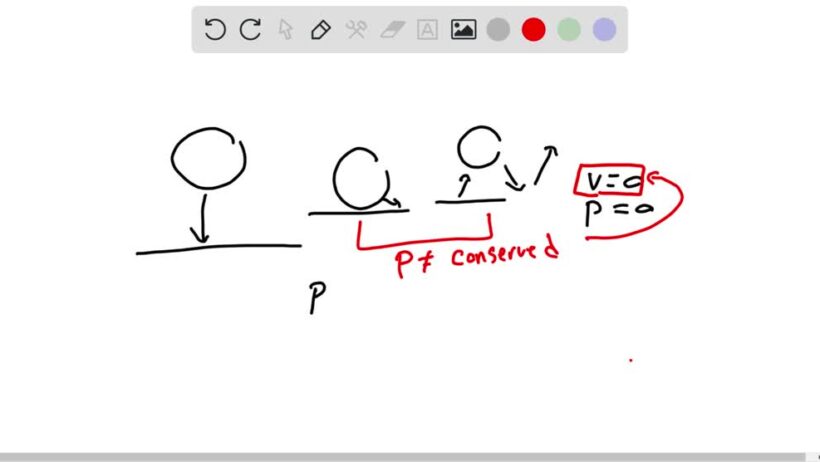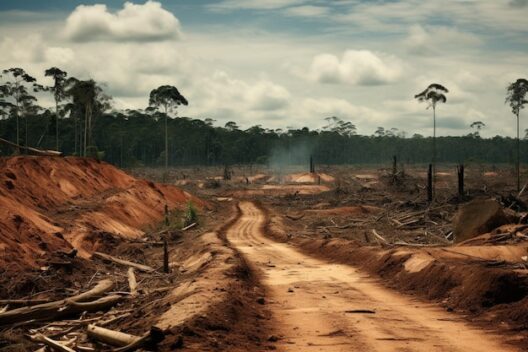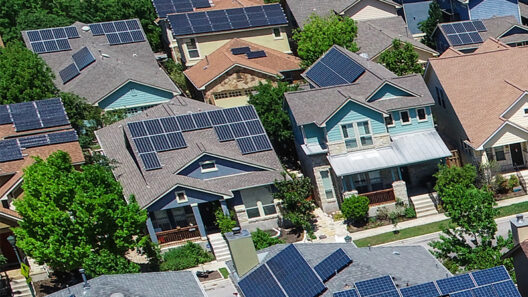When considering the simple act of a ball bouncing, many may think of it merely as a playful pastime or an innocuous exercise in physics. However, a deeper understanding reveals that this activity intertwines profound concepts such as energy conservation and momentum. The inquiry here focuses specifically on the question: Is energy conserved when a ball bounces?
To explore this question, one must first grasp the fundamental principles of energy and how it behaves in various contexts. Energy, in physics, is defined as the capacity to do work. It manifests in various forms—kinetic, potential, thermal, and more. One of the pivotal laws governing the behavior of energy is the law of conservation, which posits that energy cannot be created or destroyed, only transformed from one form to another.
As a ball is lifted into the air, it possesses gravitational potential energy, a form of potential energy that depends on its height relative to the ground. When released, this energy converts to kinetic energy, the energy of motion, as the ball accelerates towards the Earth due to gravitational pull. At the precise moment prior to impact, the ball’s potential energy is at its zenith, while its kinetic energy is minimal.
Upon striking the ground, several intriguing phenomena ensue that complicate the narrative of energy conservation. Firstly, the ball experiences a rapid deceleration as it compresses, converting some kinetic energy into elastic potential energy. This transformation occurs as the material of the ball deforms, storing energy temporarily before it rebounds. However, this exchange is not a perfectly efficient process.
In reality, not all the energy is conserved within the system. A portion of the energy is dissipated in the form of sound (the noise of impact) and thermal energy (increasing the temperature of the ball and the surface it strikes). This loss of energy indicates that the total mechanical energy is not conserved; rather, it is transformed and transferred to supplementary forms. Thus, while energy is transformed, it is not wholly conserved during the bounce.
As the ball rebounds, it regains some kinetic energy, but not enough to reach its original height. This height differential is an essential aspect of energy conservation. It exemplifies energy dissipation—the ball bounces to a lower height after each impact with the ground. Some energy is irretrievably lost, predominantly due to internal friction within the ball’s material and energy being released into the environment as heat.
Intrigued yet? The implications of energy conservation, or lack thereof, extend beyond mere ball dynamics and suggest broader principles at play in nature. For example, consider how energy dissipation parallels climate dynamics and thermal exchanges in the environment. This shifting paradigm compels us to reassess our interactions with systems—both mechanical and ecological.
Moreover, animated discussions surrounding energy efficiency emerge when considering devices engineered to optimize bounce. Technologies like energy-absorbing shoes or advanced sporting equipment seek to mitigate energy loss, highlighting human innovation in response to natural limitations. Such pursuits utilize materials science and engineering to enhance performance while acknowledging the inherent constraints imposed by physical laws.
The concept of energy conservation ignites curiosity beyond the act of bouncing balls. It urges one to ponder broader systems within nature. Can we visualize the dance of energy transformation in ecosystems? Photosynthesis, where plants convert solar energy into chemical energy, showcases a paradigm of energy conservation and transformation—albeit on a distinct scale. Both scenarios, though divergent in application, demonstrate the fundamental truth of energy’s resilience and adaptability.
Focusing further on our bouncing ball analogy, one might question the role of different surfaces in energy conservation. A rubber ball on a hard, concrete surface exhibits a different bounce compared to one on grass or sand. Softer surfaces absorb more energy, thus reducing the rebound height and time. The type of material influences the energy retention capacity of the ball, urging a deeper investigation into material properties and their consequences on energy dynamics.
This discourse of energy conservation could lead us to consider ecological implications. How do the lessons learned from our bouncing ball translate into environmental stewardship? Understanding energy transfer, loss, and dissipation could inform practices in energy consumption and sustainability efforts. By recognizing the limits of energy conservation, we are prompted to innovate ways to harness available energy efficiently, whether in our daily lives or in larger industrial contexts.
Ultimately, the act of a ball bouncing serves as an effective metaphor for energy dynamics in various systems. It beckons us to think deeply about our relationship with energy—its maintenance, conservation, and transformation. We stand challenged to not only comprehend these principles but also to apply them in ways that foster a sustainable future.
As we navigate the complexities of energy in motion, let curiosity reign. Investigate further how energy behaves in different contexts, ask how we can minimize loss, and contemplate our role in embracing energy conservation. The bounce of a ball is but a small reflection of the larger energetic tapestry woven throughout our universe, one that constantly reminds us of the vitality of understanding and preserving the energy forms that sustain us and our environment.







